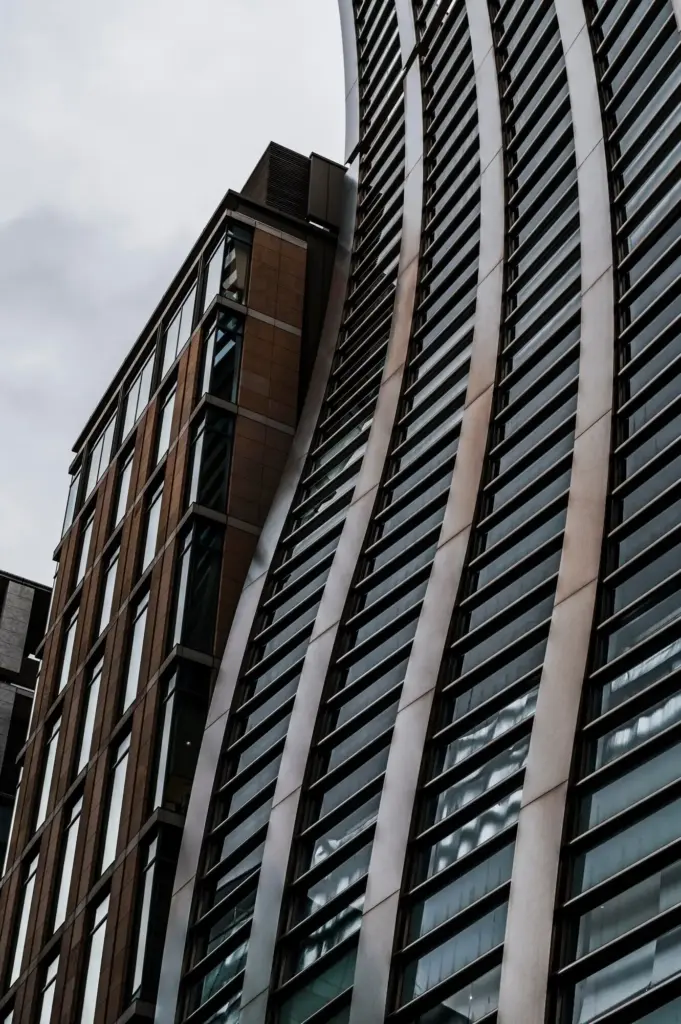Designing the Office That Thinks for Itself

Coverage and Capacity That Never Buckles
Design wireless with site surveys, directional antennas where appropriate, and channel planning that respects neighbors. Consider Wi‑Fi 6E or emerging Wi‑Fi 7 for dense areas, while reserving wired connections for stationary, critical systems. Size uplinks for worst-case contention, not averages, and validate roaming behavior with real devices. When teams stream video, collaborate intensely, and walk between huddle rooms, consistent throughput keeps meetings smooth and prevents the quiet frustration that undermines productivity and satisfaction.
Segmentation That Contains Risk
Use VLANs and VRFs to separate corporate laptops, guests, building controls, cameras, and sensors. Implement policy-based access with role, identity, and context awareness rather than static port assumptions. East‑west controls protect laterally, while microsegmentation restricts blast radius if something goes wrong. Document pathways for maintenance without exposing everything, and monitor inter‑segment traffic for anomalies. Clear boundaries let innovation continue safely, because experiments can happen in their own sandbox without jeopardizing core operations or sensitive data.
Resilience You Can Trust at 9:00 AM Monday
Redundancy is only helpful when it actually works under pressure. Test failover for core switches, controller clusters, and critical links during scheduled drills, not just lab simulations. Plan UPS capacity for essential building controls and access systems. Keep spare parts cataloged and accessible, and track mean time to recover after realistic exercises. Resilience grows when people practice together, learn from small failures, and refine playbooks before that crowded all‑hands meeting starts without warning.
Bridging OT and IT Without Friction
Security, Privacy, and Trust by Design
Zero Trust for People, Apps, and Things
Secure Onboarding and Long-Term Care for Devices
Prepare for the Day You Hope Never Comes
Energy, Sustainability, and Measurable Impact
A Story from a Five-Floor Office That Changed Course
Dashboards That Matter to Finance and Facilities
Chasing Certifications Without Losing Sight of People
Human-Centered Experiences at Scale

Making Space Work Harder and Feel Better
Space utilization metrics reveal which rooms are loved, ignored, or misconfigured. Combine booking data with passive occupancy to reduce ghost meetings and unlock fairness. Adjust layouts, acoustics, and lighting to support varied work styles. Publish changes so people see responses to their input. When space bends to real behavior, meeting quality improves, hallway collisions become purposeful, and quiet corners protect deep focus. Buildings that learn become places people choose, not just places they are assigned.

Comfort That Adapts to You, Not the Other Way Around
Personal comfort apps and badge‑based preferences let temperature and lighting adapt gracefully. Instead of loud thermostat debates, micro‑zones and predictive control narrow disagreements. Give clear opt‑outs for privacy and offer manual overrides that feel respectful. Record preference trends, not identities, whenever possible. Comfort is a negotiation between physics and feeling; when systems listen without intruding, mornings start calmer, afternoons last longer, and the building earns a reputation for quietly helping people do meaningful work.

Accessibility and Inclusion Are Not Add-Ons
Design for diverse abilities from the start: tactile cues, high‑contrast wayfinding, adjustable desk heights, caption‑ready meeting spaces, and quiet zones. Consider sensory load and offer alternatives. Test with real users, not just checklists. Accessibility features help everyone, including tired parents, jet‑lagged visitors, and people learning the space. When inclusion is woven into controls and layouts, delight replaces confusion, and your office signals belonging before anyone opens a laptop or asks for directions.
From Pilot to Everyday Reality
Start Small, Learn Fast, Scale Confidently
Define hypotheses for each pilot: energy reduction targets, comfort goals, or maintenance savings. Instrument before and after conditions so results are undeniable. Capture user stories alongside metrics. When experiments end, publish findings internally with candid notes. Scale only what proved resilient, secure, and truly helpful. This rhythm turns change into a muscle, reducing resistance and helping new ideas land smoothly across floors, campuses, and even newly acquired buildings joining your expanding portfolio.
Documentation People Actually Use
Create living runbooks with diagrams, naming conventions, and step‑by‑step procedures that match how teams really work. Store them where technicians stand, not only in portals. Include pictures, QR codes on panels, and short videos for tricky steps. Keep change logs human‑readable. Good documentation shrinks onboarding time, supports audits, and prevents midnight mistakes. When knowledge is easy to find and easy to trust, operations feel lighter, and escalation paths stay pleasantly quiet and short.




